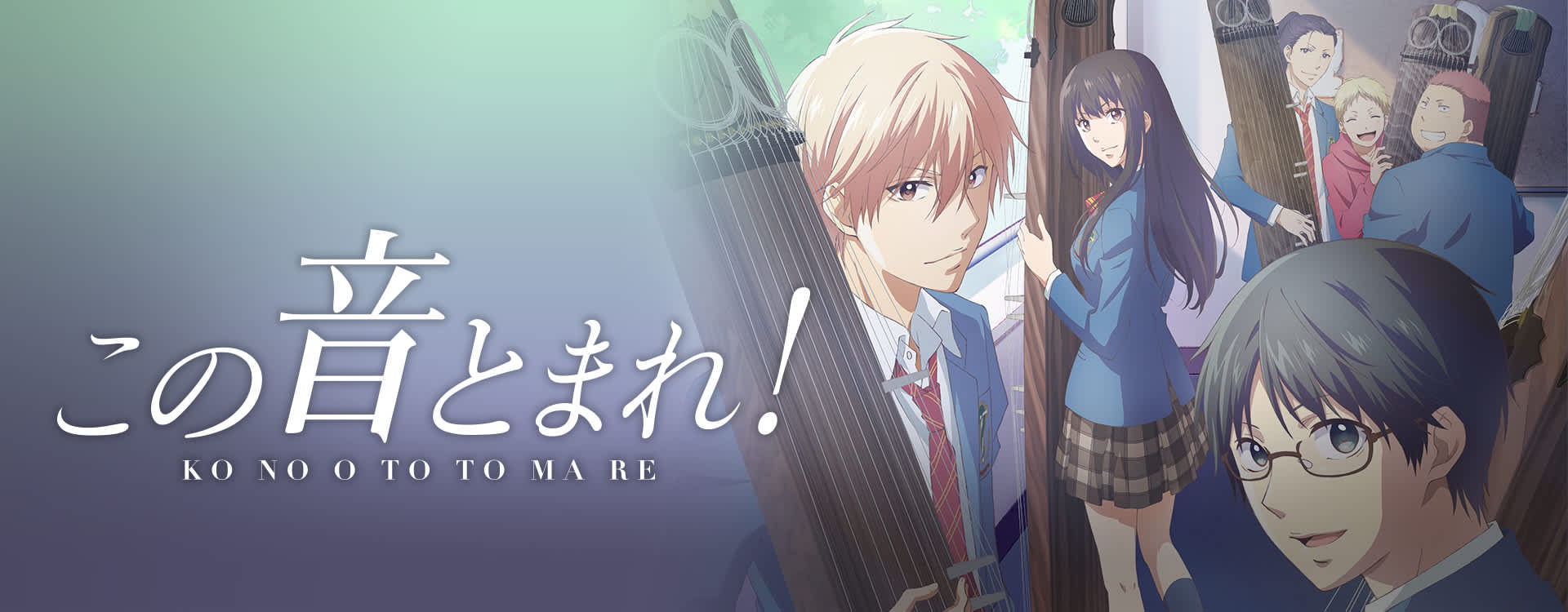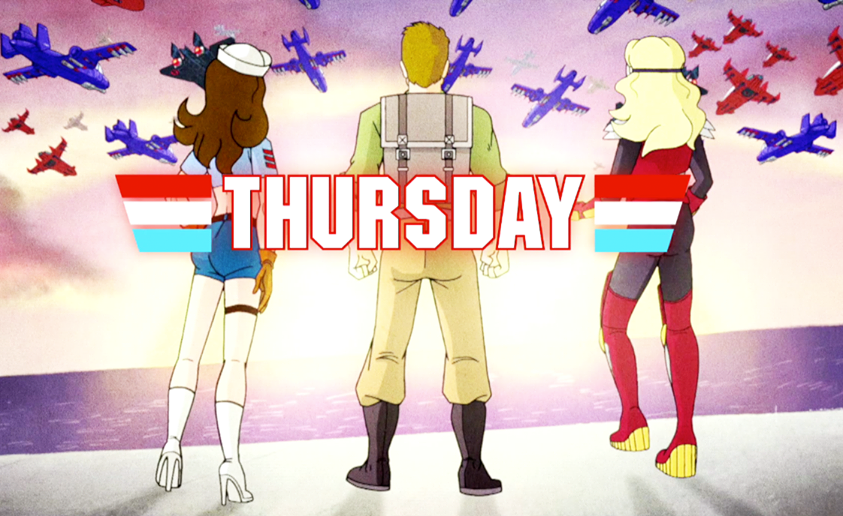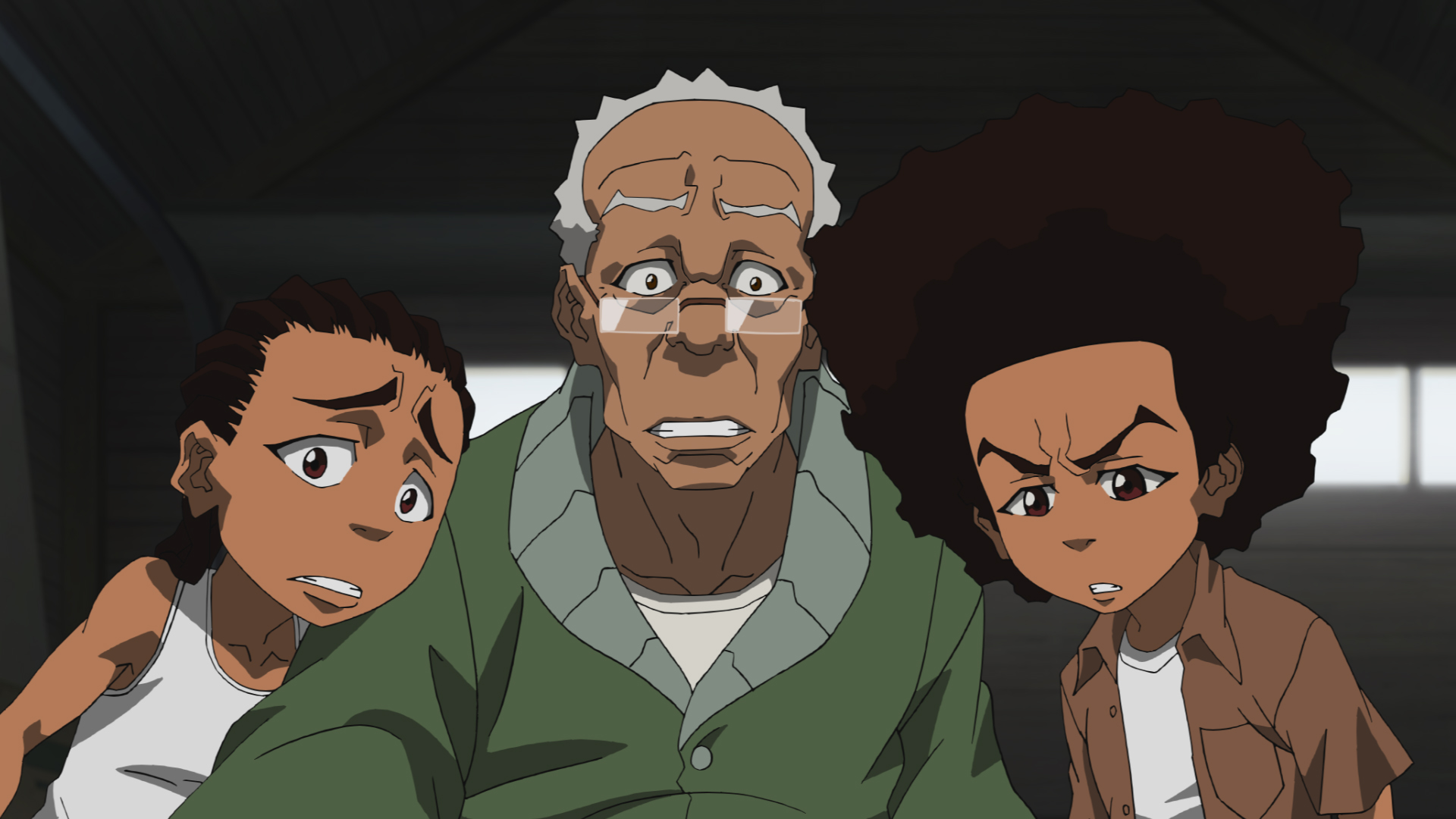English Dub Review: Kono Oto Tomare!: Sounds of Life “Beyond the Right Answer”
Overview (Spoilers Below)
Yamamoto reminisces on how he became the advisor of the Hakuto koto club, and how he, as someone with a passion for math, came to love the instrument’s meticulous nature. He begins composing music, and finds Mio casually playing the music he created. Mio seems to have a case of synesthesia, where he can physically see the notes he plays on a sheet music perfectly. However, Mio hates his “own sound” because he’s unable to create something out-of-the-box and spontaneous. Flash forward, the students know Yamamoto is quitting after the music festival.
Team Tokise huddles together and vows to make it to nationals — and to stay together after. Mio performs onstage with the rest of team Hakuto, and is haunted by his years of playing the koto without passion. A flashback ensues that highlights Yamamoto attempting to create a piece that allows Mio to “go beyond” the music and create the sound he wants. Finally, reflecting on the Tokise team’s spirit, he’s able to find his own spirit and improv a creative sound onstage. Everyone loves his piece (after his fellow koto players are able to follow his rhythm) and the crowd goes wild for Hakuto’s team.
Up next is Tokise’s team, and they get ready to play.
Our Take
Mio’s character case is a pretty unique one. Also no one ever refers to what he has as synesthesia, he’s a character who not only has it, but seems to suffer from it. Synesthesia is usually seen as a beautiful thing, coveted by people who wish that creativity could come “alive” just as tangibly as real life art does. Most artists wish that they could see, hear, taste, smell, or touch the sheer concept of inspiration. This doesn’t seem to be the case for Mio, though, because his synesthesia appears to actually hinder his progress as an artist. One wouldn’t think that such a creative quirk would cause a creativity block, but because Mio sees the way notes from the koto look, he’s always been inclined to follow that tangible line of notes he sees — thus mentally preventing him from straying away from the “path” he sees. It was beautiful to watch him break out of this, and even more-so when he thought of Yamamoto.
Whether #TeamTokise goes to nationals or not, there’s a lot to be said about the way the characters have grown. The voice acting may be kind of bland, and the music may not be the most enticing thing in the world, but the draw comes from the idea of culture and character — which go hand in hand!


























"There are also other characters that come and go (also owned by the Warner Bros. Discovery conglomerate media company)."
Huh. Is that just referring to other characters from the show itself, or is this implying that the new season is going to have cameos from other WBD IPs